
Meteor Activity Outlook for July 6-12, 2019
Christian Koll captured this fine fireball at 21:42 Universal Time on June 28, 2019 from Litzlham, Oberösterreich,…

Christian Koll captured this fine fireball at 21:42 Universal Time on June 28, 2019 from Litzlham, Oberösterreich,…

Meteor season finally gets going in July for the northern hemisphere. The first half of the month will be much like June with predominately slow rates. After the 15th though, both sporadic and shower rates increase significantly. For observers in the southern hemisphere, sporadic rates will be falling but the overall activity will increase with the arrival of the Southern delta Aquariids during the last week of the month.

The estimated total hourly meteor rates for evening observers this week is near 3 for those viewing from the northern hemisphere and 4 for those located south of the equator. For morning observers the estimated total hourly rates should be near 6 as seen from mid-northern latitudes (45N) and 10 as seen from tropical southern locations (25S).

The estimated total hourly meteor rates for evening observers this week is near 2 for those viewing from the northern hemisphere and 3 for those located south of the equator. For morning observers the estimated total hourly rates should be near 5 as seen from mid-northern latitudes (45N) and 7 as seen from tropical southern locations (25S).
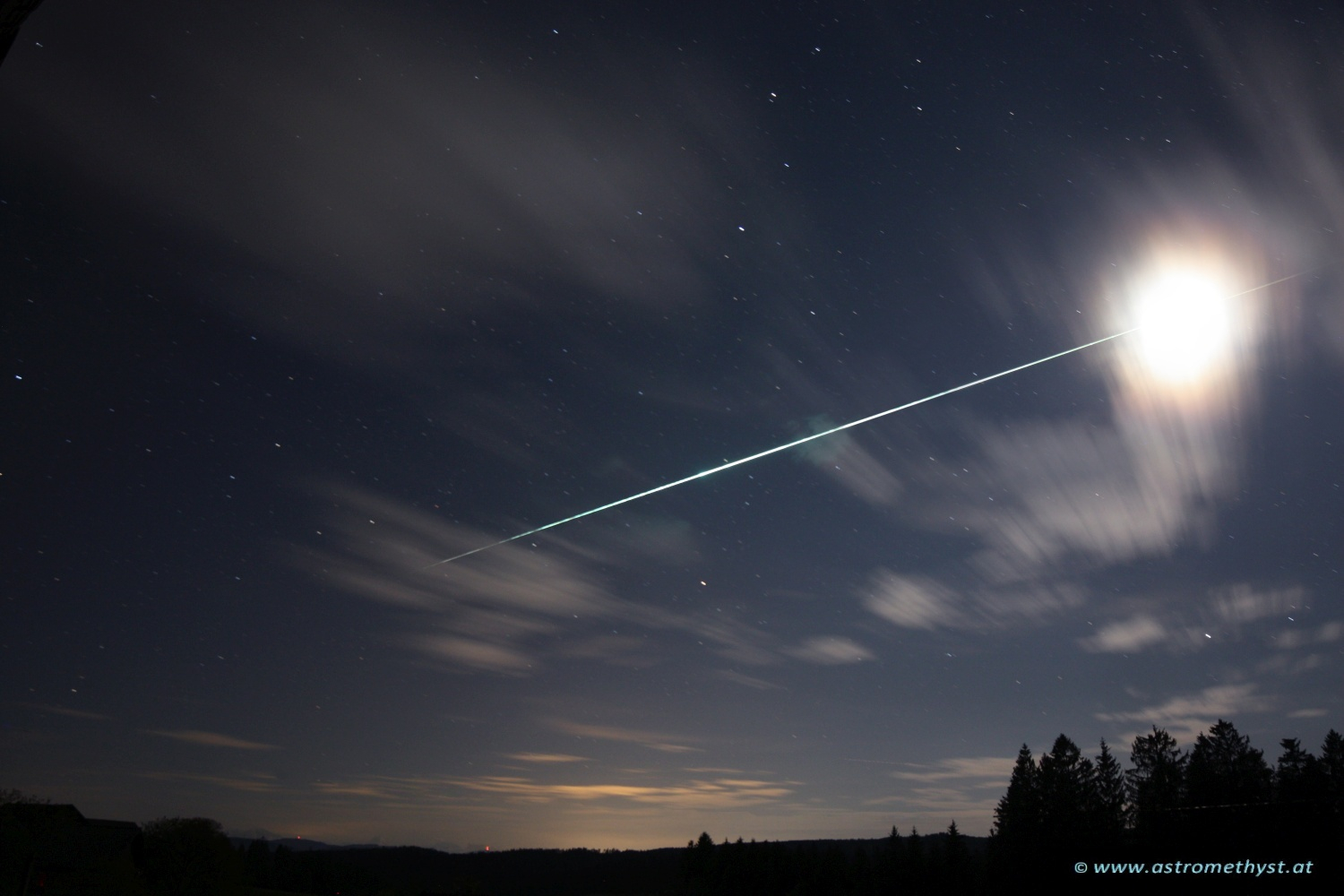
June is another slow month for meteor activity. There are no major showers active in June and only the Anthelion source can be counted on for continuous activity. Sporadic rates continue to remain slow as seen from the mid-northern hemisphere (45 N) with only half the rates seen from the southern hemisphere. As seen from the southern tropics (25 S) sporadic rates continue to be strong this month with morning hourly rates exceeding 10.

During this period the moon reaches its last quarter phase on Sunday May 26th. At this time the half-illuminated moon rises between 0200 and 0300 local summer time (LST) and remains in the sky the remainder of the night. As the week progresses the moon will become less of a factor as it wanes and rises later with each passing night.
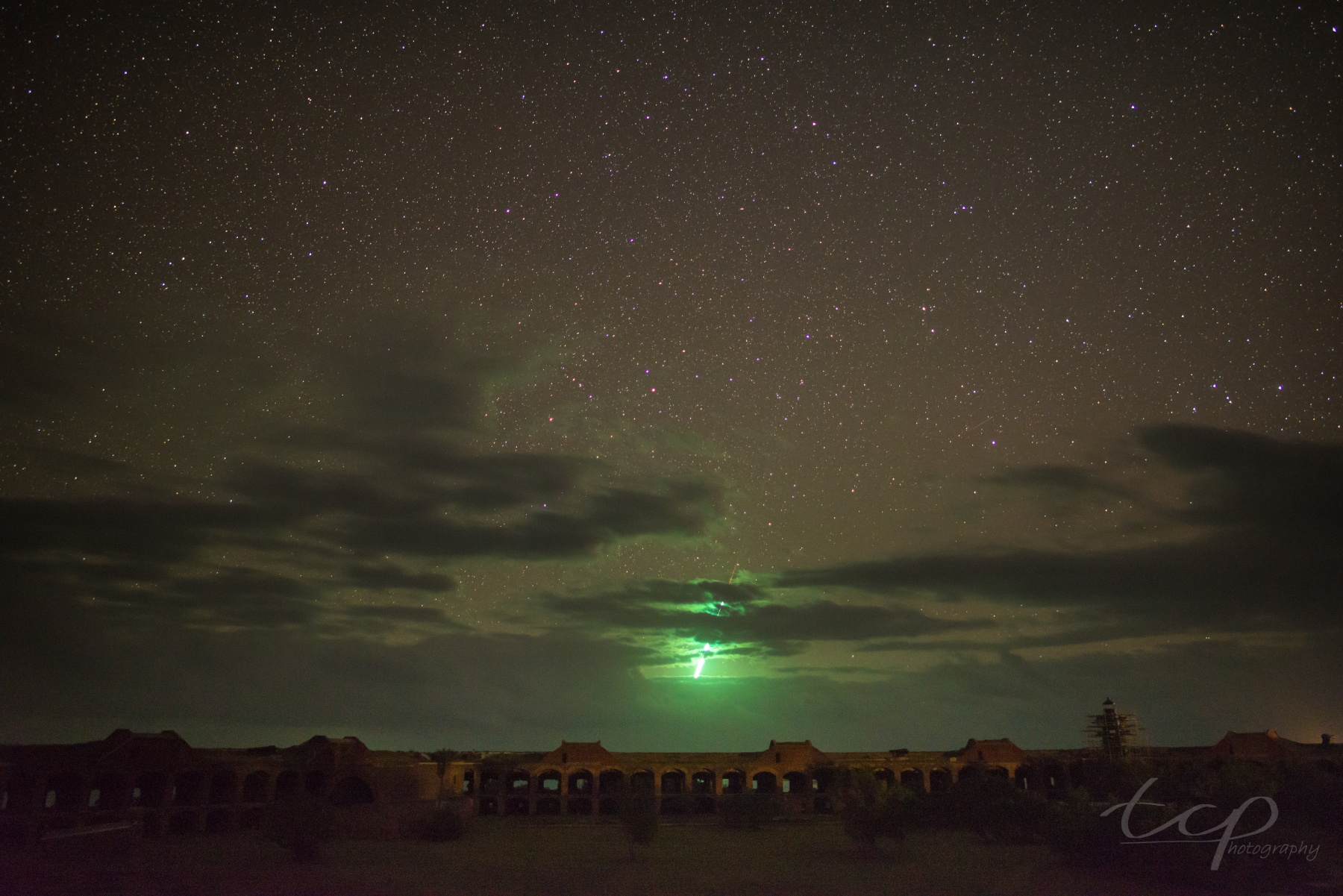
During this period the moon reaches its full phase on Saturday May 18th. At this time the moon lies above the horizon all night long, making meteor observations difficult at best. As the week progresses the moon's phase will wane and it will rise later each night. This will provide some dark skies between dusk and moon rise but unfortunately this is a very slow time for meteor activity.

During this period the moon reaches its first quarter phase on Saturday May 11th. At this time the half-illuminated moon is present in the evening sky and does not set until 3-4am as seen from mid-northern latitudes. As the week progresses the window of dark skies between moonset and dawn will shrink until it disappears by Wednesday May 15th.

During this period the moon reaches its new phase on Saturday May 4th. At this time the moon is invisible at night and poses no problems to meteor observers. As the week progresses the slender crescent moon will enter the evening sky but will set long before the more active morning hours arrive.
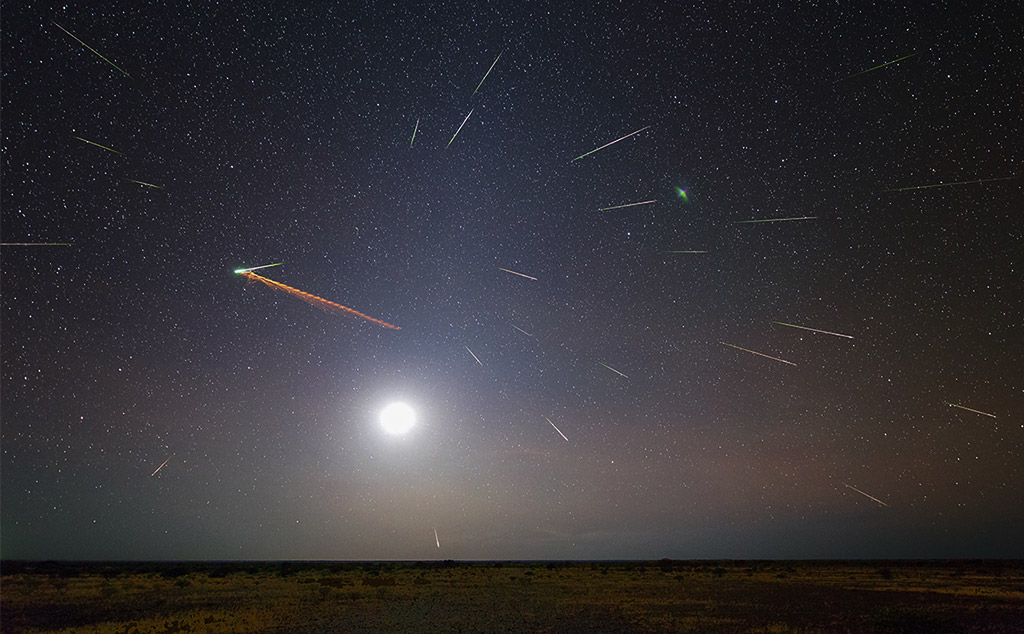
The eta Aquariids (ETA) are active between April 17 and May 24. The strongest activity is usually seen near May 7, when rates can reach 25-30 meteors per hour as seen from the tropical areas of the Earth.
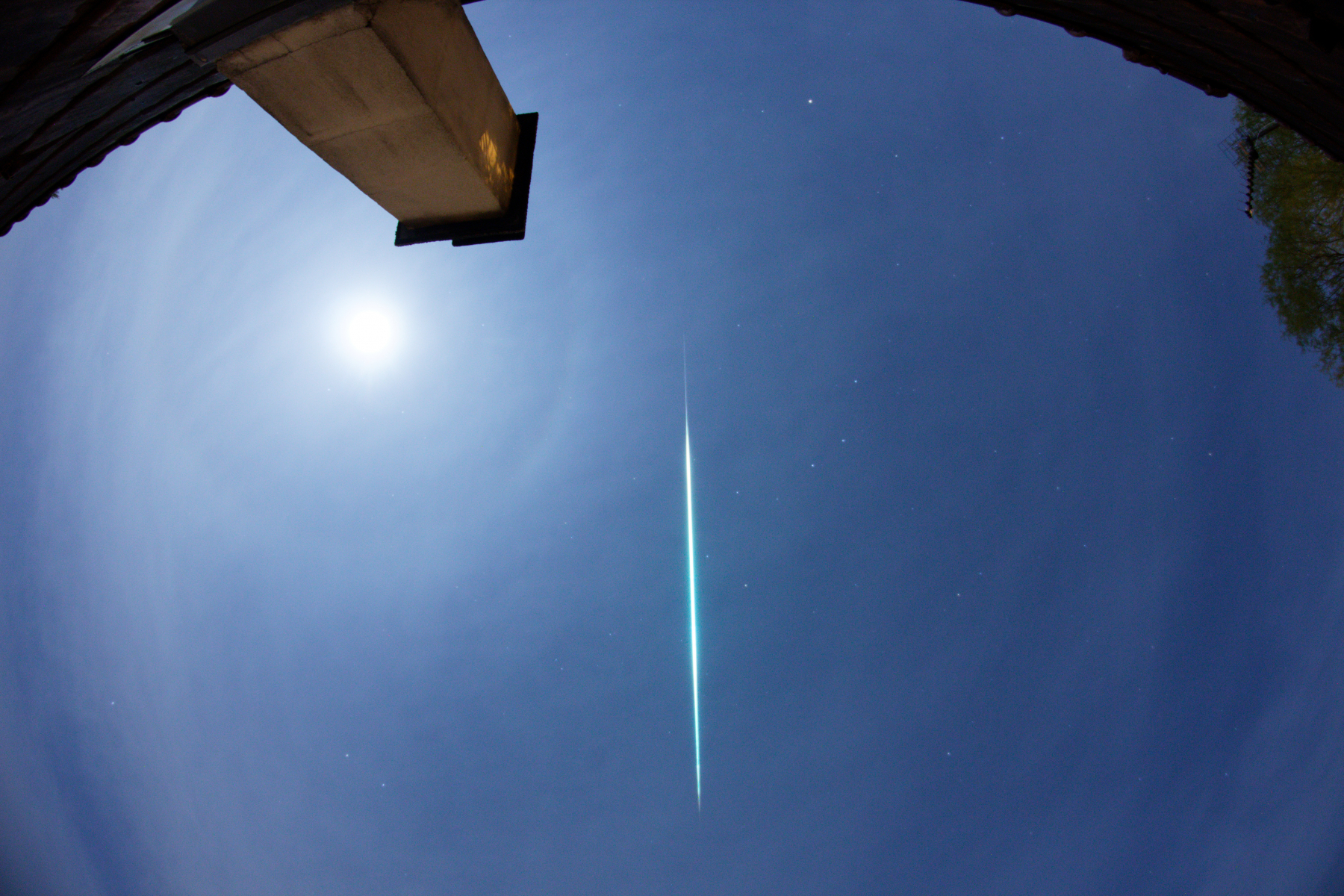
During this period the moon wanes from nearly half-illuminated to almost new. This weekend the waning crescent moon rises during the early morning hours and will be a nuisance to meteor observers. It's not overpowering like a full moon so by simply keeping the moon out of your field of view you can still view decent meteor activity during the morning hours. As the week progresses the slender moon will be a non-factor and one can view wherever they wish in the sky.
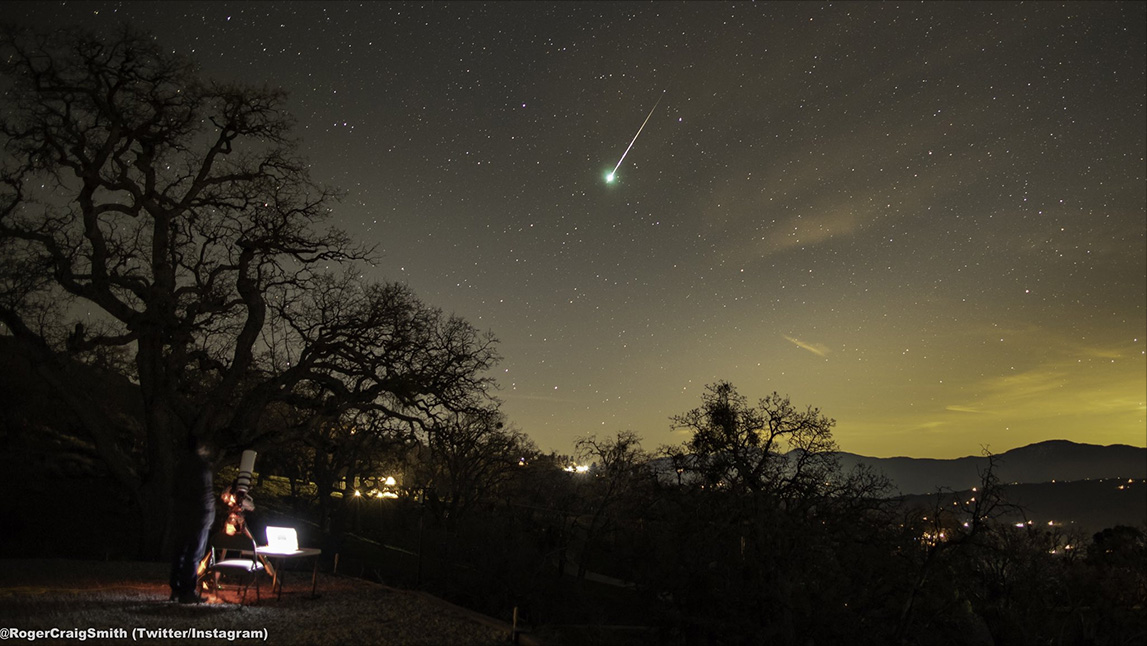
During this period the moon will reach its last quarter phase on Friday April 26th. This weekend the nearly full moon will lie above the horizon nearly all night long. The glare from the bright moon will make meteor observing difficult at best. The lunar glare will obscure all but the brighter meteors. The glare will lessen which each passing night but will still be a hindrance all week long.
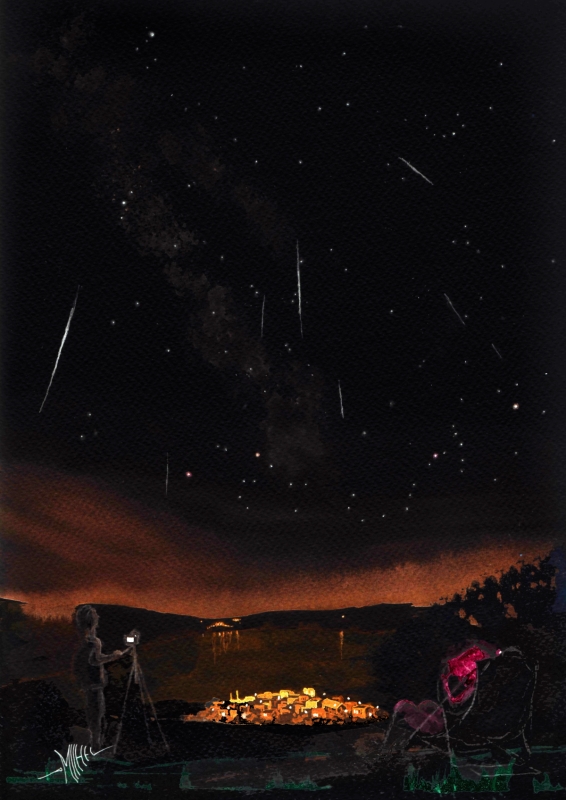
During this period the moon will reach its full phase on Friday April 19th. This weekend the waxing gibbous moon will set during the early morning hours and will not interfere with meteor observing the remainder of the night. Next week though the window of dark skies shrinks with each passing night so by Wednesday the nearly full moon will remain above the horizon nearly all night.
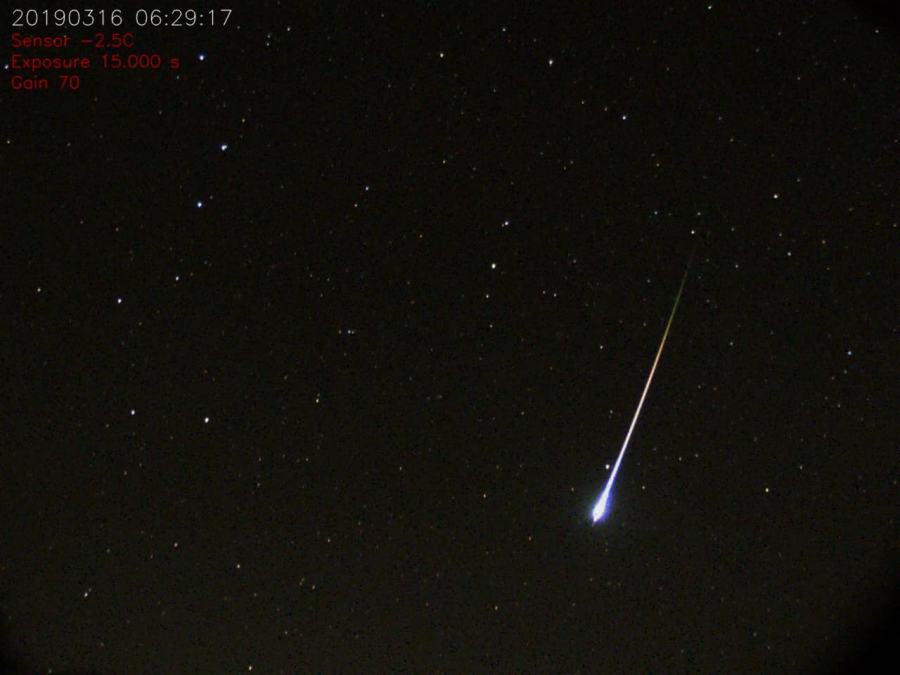
During this period the moon will reach its first quarter phase on Friday April 12th. This weekend and for most of the week, the waxing crescent moon will set during the early evening hours and will not interfere with meteor observing as the more active morning hours are free of moonlight.
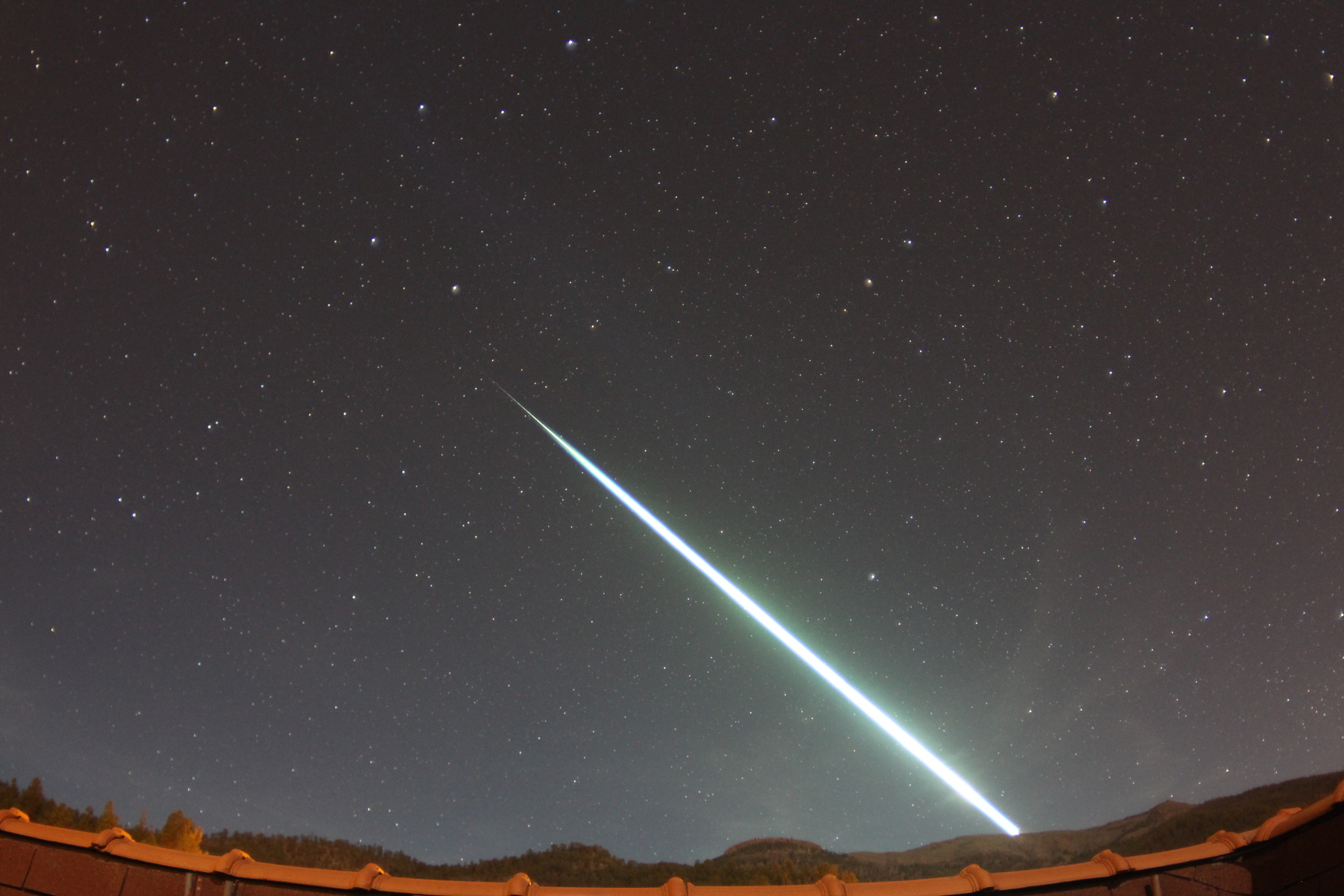
During this period the moon will reach its new phase on Friday April 5th. This weekend and for most of the week, the waning crescent moon will rise during the early morning hours but will not interfere with meteor observing as long as you keep the moon out of your field of view.
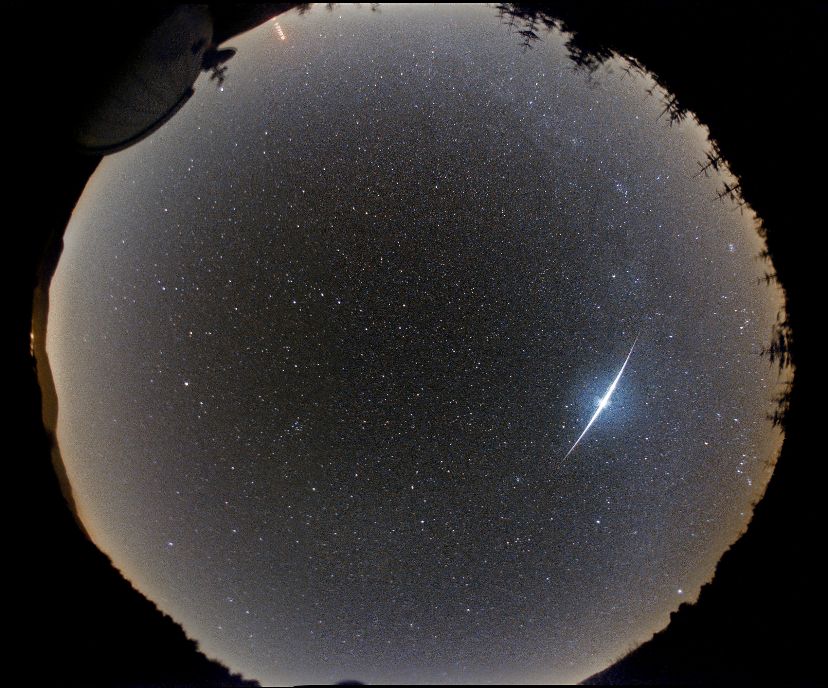
During this period the moon will reach its last quarter phase on Thursday March 28th. At this time the moon will be located 90 degrees west of the sun and will rise near 03:00 local daylight saving time (DST) as seen from mid-northern latitudes. This weekend the waning gibbous moon will rise during the late evening hours and will ruin the sky for the remainder of the night.
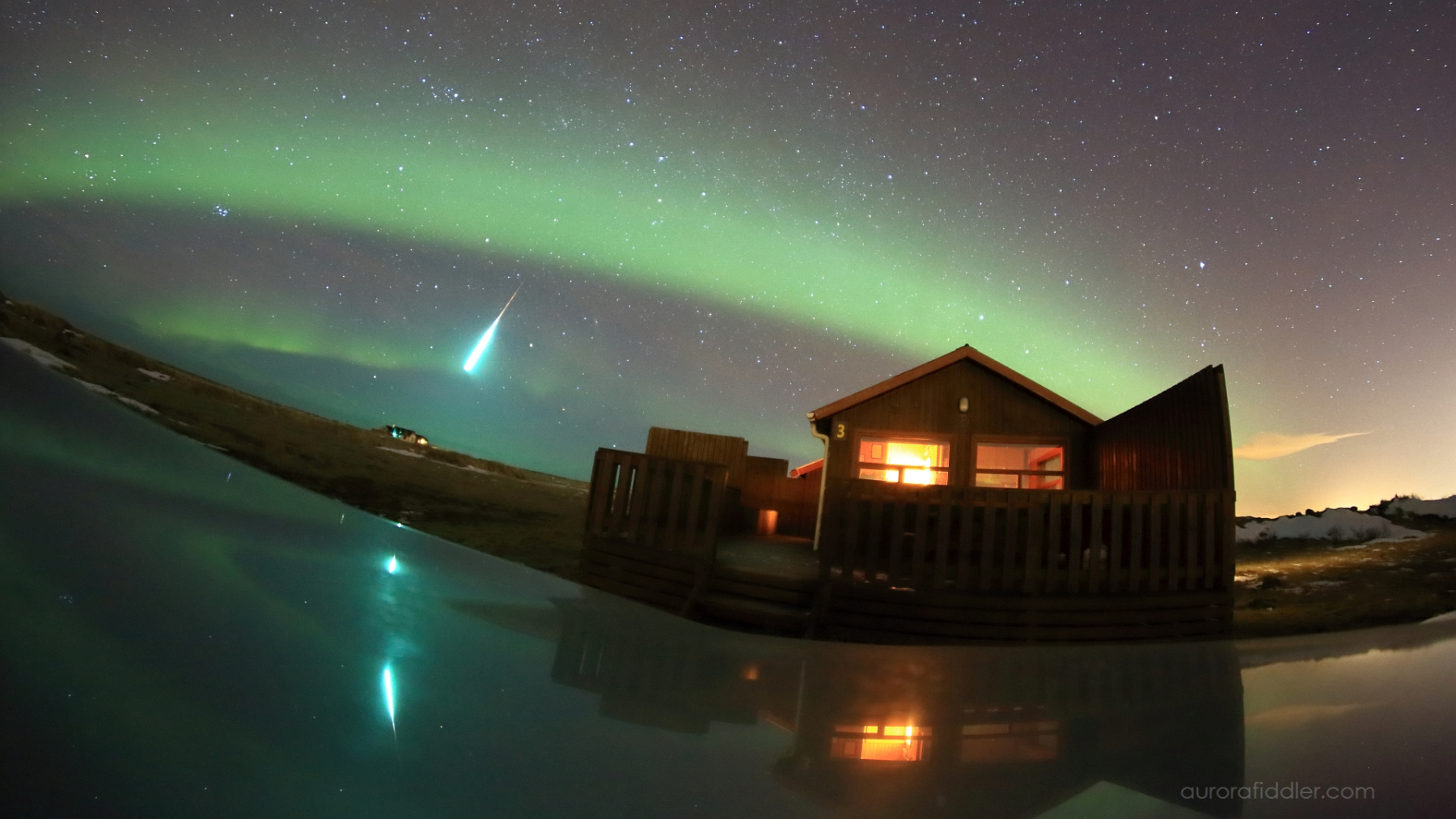
Oliver Staiger captured this impressive fireball while photographing aurora from Sandgerði, Iceland. © Oliver Staiger. For more information on this…
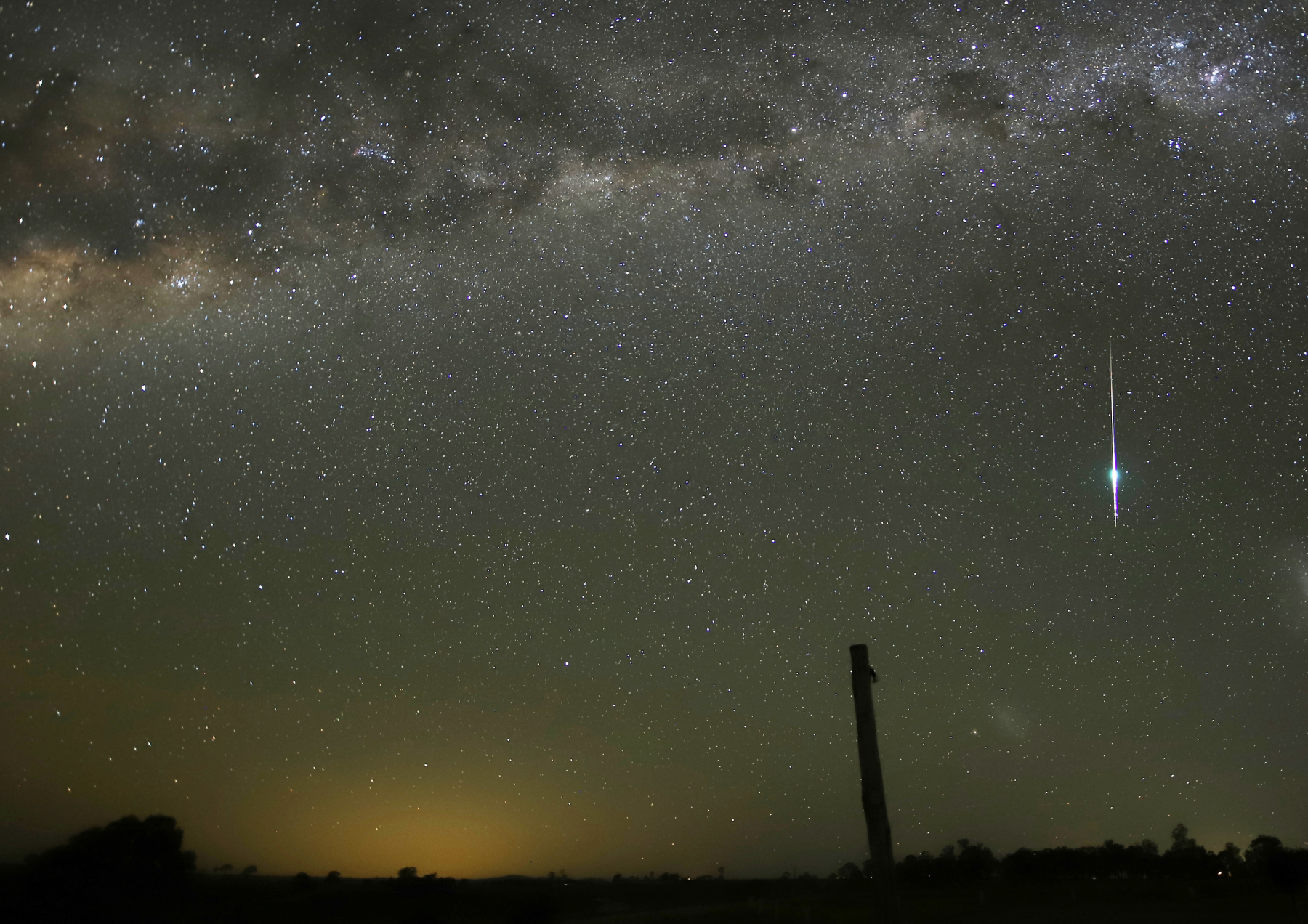
During this period the moon will reach its first quarter phase on Thursday March 14th. At this time the half-illuminated moon will be located 90 degrees east of the sun and will set near 0200 local daylight saving time (DST) as seen from mid-northern latitudes. This weekend the waxing crescent moon will set during the late evening hours and will not interfere with the more active morning hours.
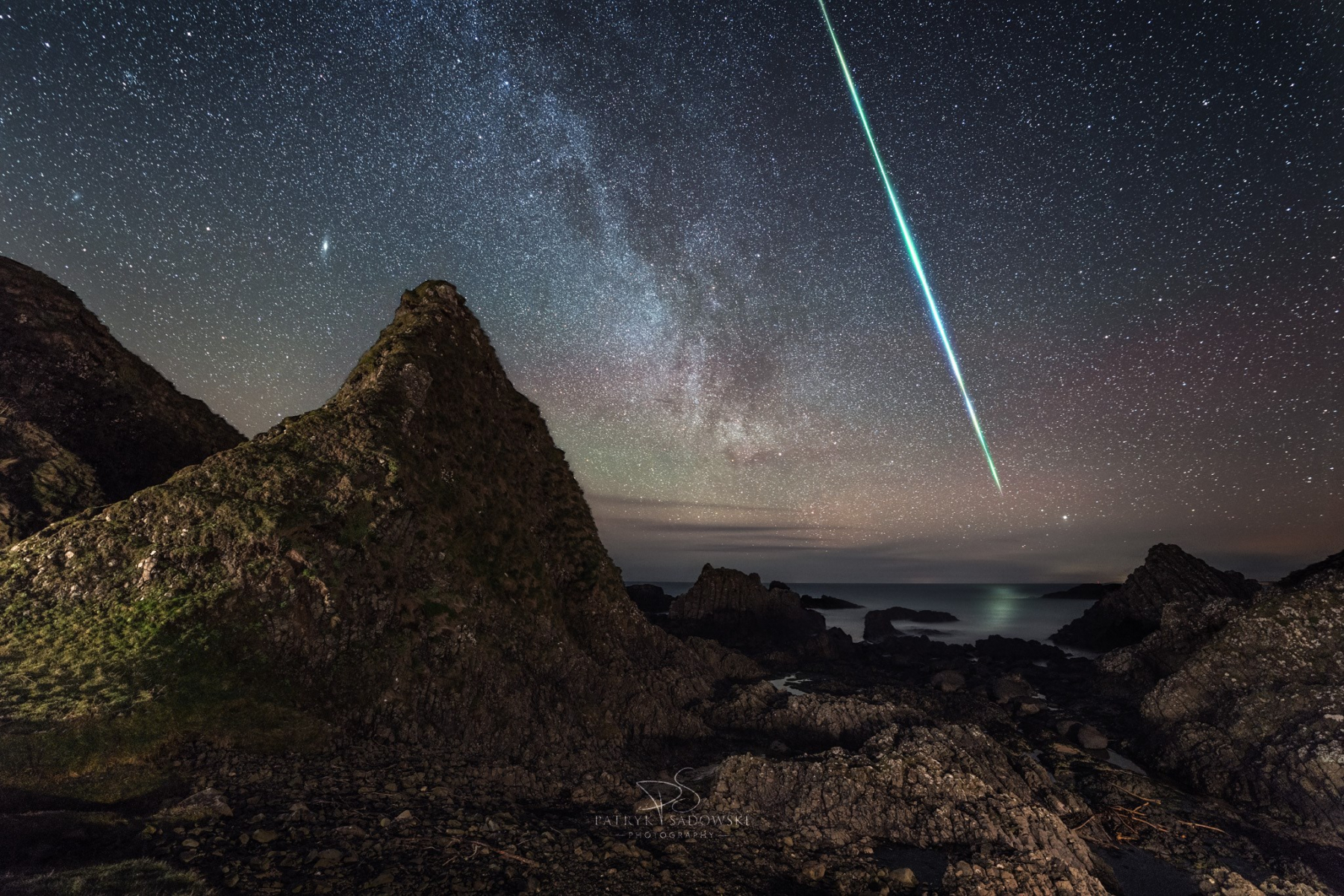
During this period the moon will reach its new phase on Wednesday March 6th. At this time the moon will be located near the sun and will be invisible at night. This weekend the waning crescent moon will rise during the morning hours but will not interfere with meteor observing as long as you keep the moon out of your field of view.
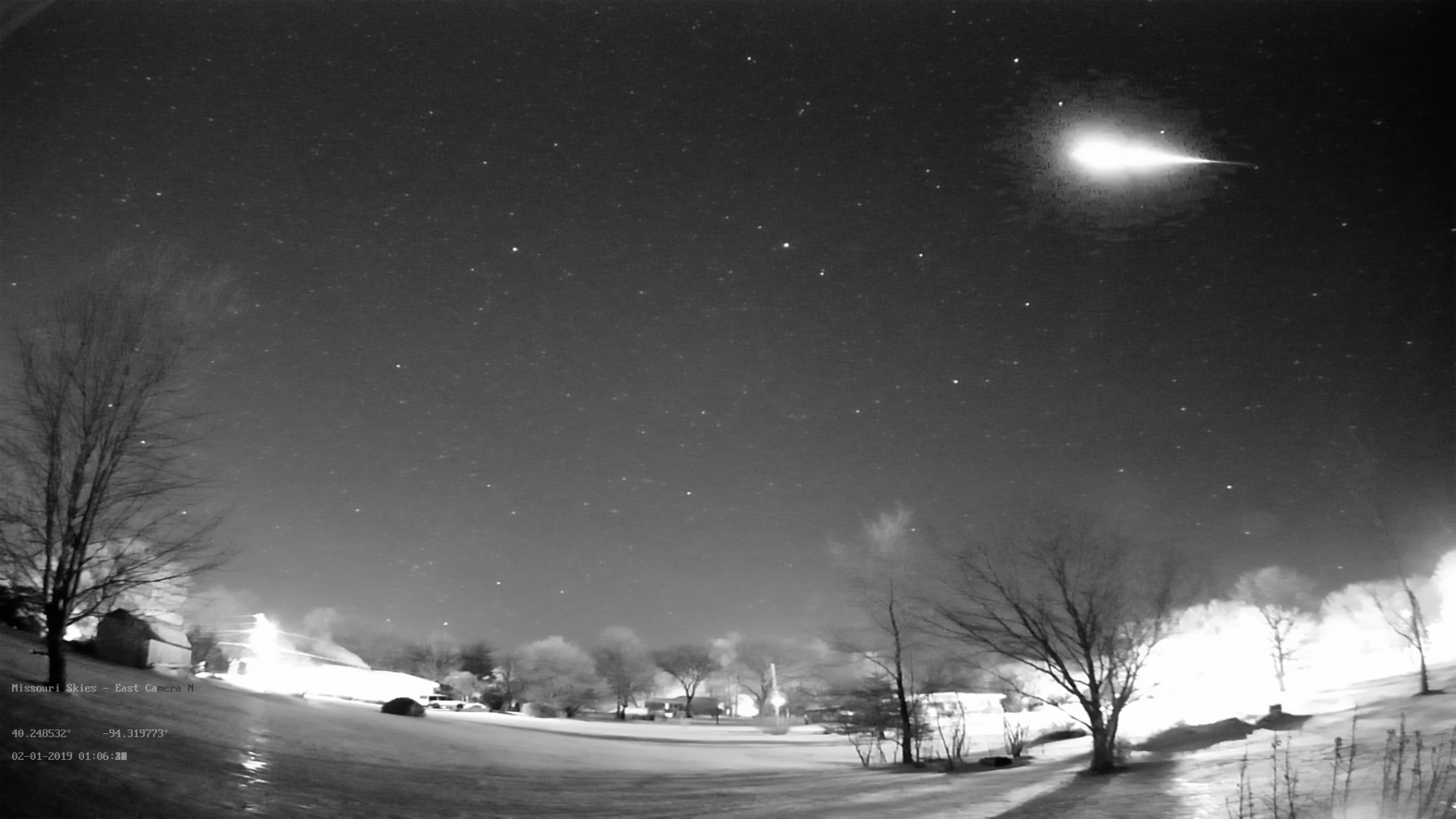
During this period the moon will reach its last quarter phase on Tuesday February 26th. At this time the moon will be located 90 degrees west of the sun and will rise near 0100 local standard time (LST). Useful meteor observations can be carrier out during the more active morning hours as long as you keep the moon out of your field of view. This weekend will be more difficult to view meteor activity as the gibbous moon will rise earlier and also be brighter than later in the week.
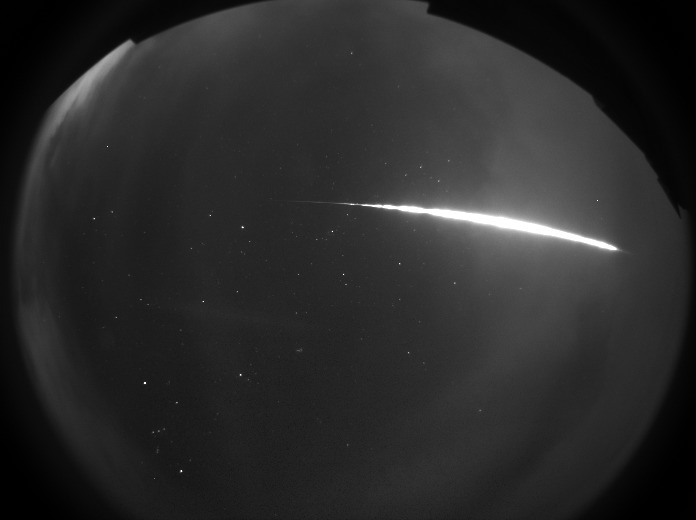
During this period the moon will reach its full phase on Tuesday February 19th. At this time the moon will be located opposite the sun and will lie above the horizon all nigh long. This weekend the nearly full moon will set just before dawn, allowing only a little time to view the meteor activity before it becomes too light.